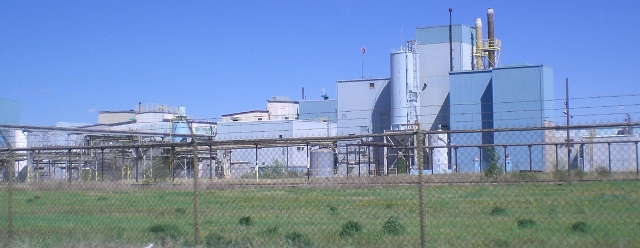Electrical power production using a nuclear power source is accomplished through the heat produced by bringing greater than a specific amount of radioactive material together. Water is heated to create steam, which in turn spins turbines to generate electricity. Greater quantities or concentrations of nuclear material produce more heat. The higher the temperature of the heat source, the more efficient the production of electricity from it becomes. If the core becomes too hot, it is possible for core material to melt. If the reactor core is kept relatively cool, the energy production is not thermodynamically or economically efficient. Combinations of different fuels, fuel cladding, and coolants have been tested to optimize reactor cores for efficient power production while remaining very safe. Many different combinations are in use today, each with it’s advantages and disadvantages.
Tag: Large-Scale Energy Systems
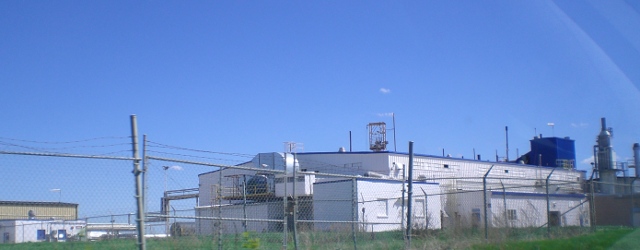
Critique of Saskatchewan’s UDP Report
The Uranium Development Partnership (UDP) is a ministerial advisory committee established in October 2008 for the purpose of analyzing the economic feasibility of all forms of uranium development in Saskatchewan. On Friday April 3rd, the final report was released to the public containing recommendations to the government of Saskatchewan.
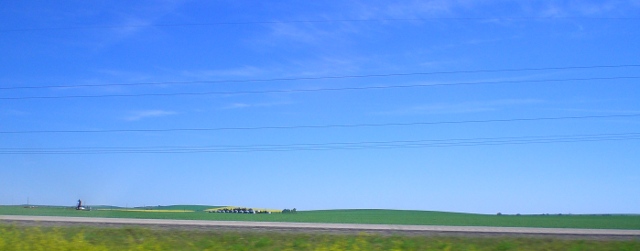
Energy Storage
Energy storage is the saving some form of energy for later use. Energy is critical to every accomplishment of humans. This energy can take many forms. Some examples include potential, kinetic, chemical, and nuclear energy.
Energy storage is critical to the stable function of a power grid. Inevitably, power stations have to be serviced or have failures. Even failures that are a fraction of a second can be disastrous for certain applications, such as monitoring systems for heavy machinery, computers, and other sensitive electronics. Stability of power is a key factor in the design of an effective power grid. Stability requires that there be backup systems in place in case of a baseline power failure. Energy storage is required for most backup systems to be effective.
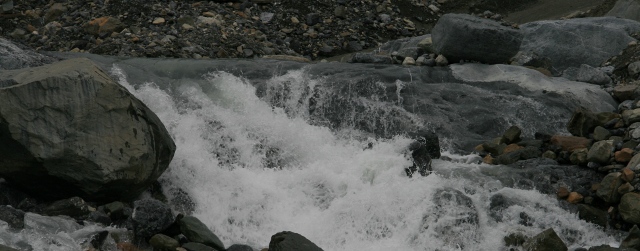
Hydroelectricity
Hydroelectric power generation is the act of using moving water to generate power. Historically this was done using paddle wheels in streams to turn grinding stones for making grain flour. Today, most hydroelectric dams are of a larger scale. A hydro dam location is chosen because it has a large amount of flowing water that can exit the dam at a much lower height than it was taken at. As in a waterfall, the waters falling through the dam generators speed up and drive turbines, generating power.
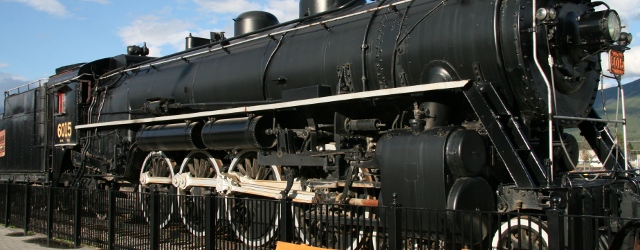
Coal Power
Generating Electricity Coal is used to generate electricity by burning it. The heat is then used to run a heat engine, which utilizes water steam to turn electric turbines. Coal was the fuel that started the industrial revolution, and it’s use continues to grow today. Coal-fired electricity production accounts for more electricity than any other […]
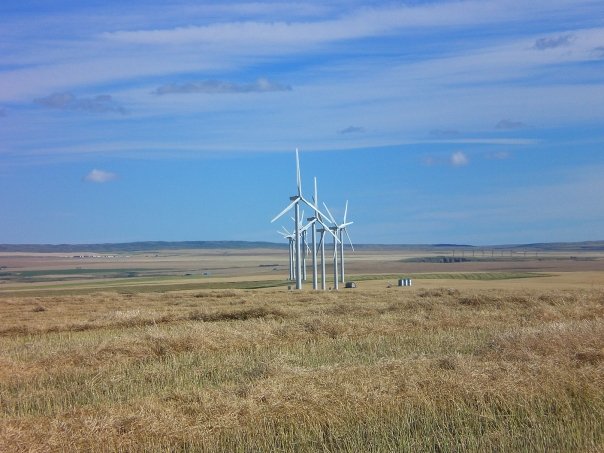
Wind Power: The Whole Story
“Wind Power” is the extraction of energy from the wind. Common techniques use a tower with a set of propeller blades that will spin when wind blows against them. Wind power is a renewable form of energy because wind is caused by the uneven heating of the earth by the sun.
